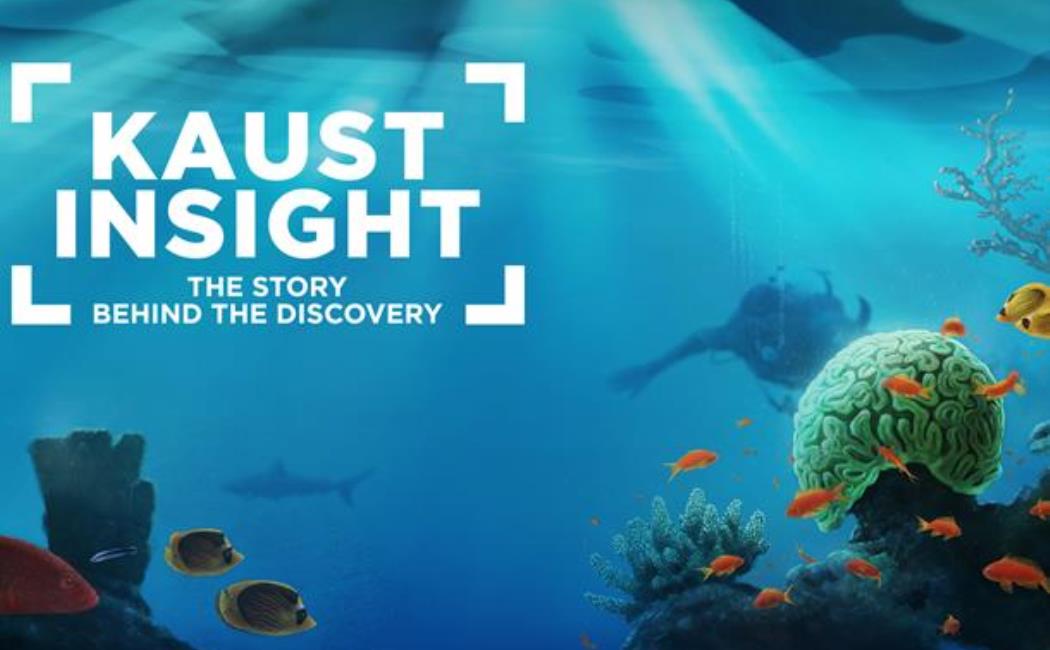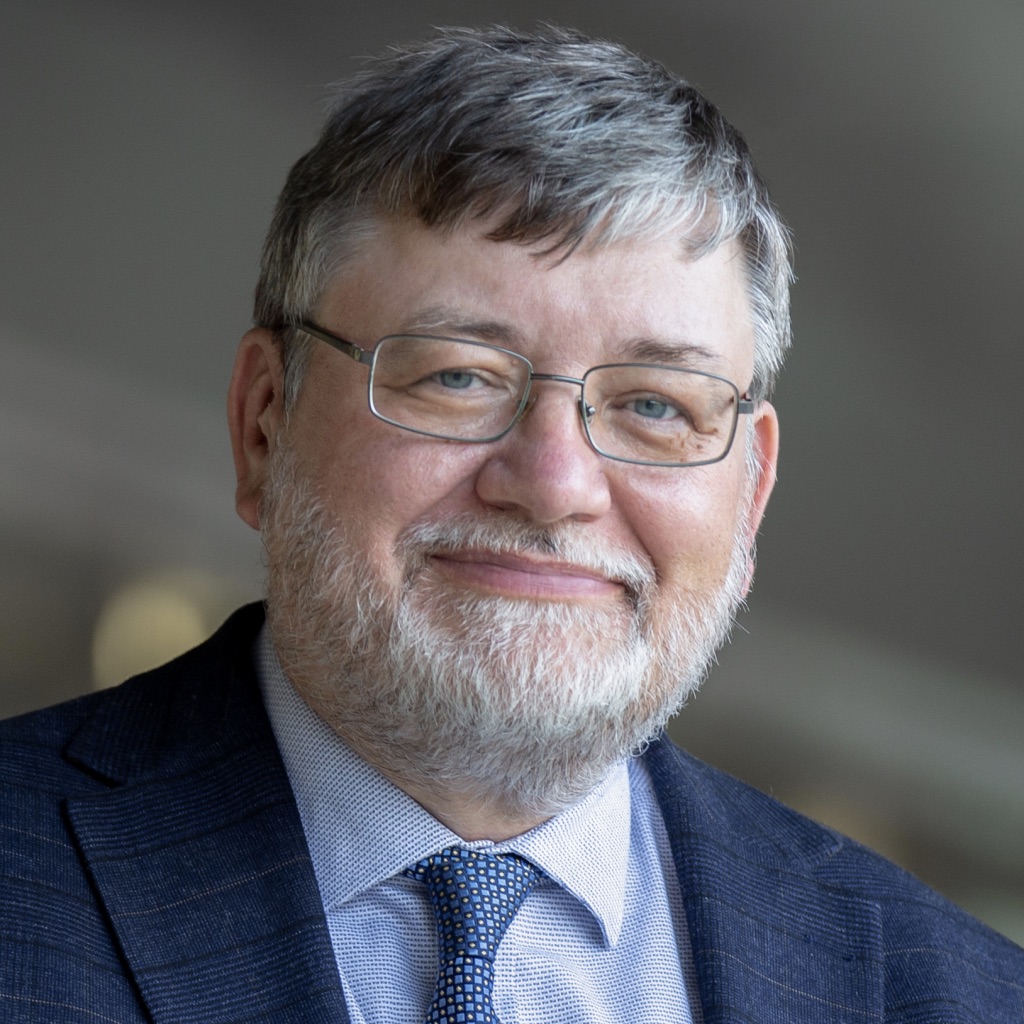


04 January, 2022

Dear KAUST Community,
It is my pleasure to introduce our new research publication — KAUST Insight.
With this new magazine, we aim to provide an insight into the stories behind our research discoveries by highlighting the people involved, the chance encounters and unexpected collaborations that together with the support of KAUST's cutting-edge research infrastructure lead to our research strategies and achievements. This new publication not only demonstrates the fascinating science taking place, but it also showcases how our research is contributing to Saudi Arabia's development, its Vision 2030 objectives and the challenges we all face within the global community.
Such contributions include our efforts to address climate change, and in particular our contributions toward a circular carbon economy. In our story "Bringing carbon resources back into balance," we discuss how the goals of KAUST's Circular Carbon Initiative are aligned with the successful management of Saudi Arabia's carbon resources.
We also draw inspiration from KAUST's unique location on the shores of the Red Sea. Our research is helping to guide the sustainable management of the Red Sea's vital ecosystem, which is critical to the future of Saudi Arabia's NEOM, Red Sea Development Company and Amaala gigaprojects. From coral reef conservation to climate simulations, this first issue of KAUST Insight highlights some of the components of our research that are helping to build a sustainable future for the Kingdom.
We recognize that diversity in science enriches our research, stimulates new ideas and ultimately enhances our discoveries. It is therefore critical that we further promote gender balance and diversity within our university, as reflected in the article "Mastering the zigzags: working together as women in STEM," which is a piece about KAUST female faculty working together and supporting one another to achieve scientific breakthroughs.
I hope that you enjoy reading the articles exploring these themes and many more besides in this first edition of KAUST Insight, and I hope that these "stories behind the discoveries" help to provide an insight into some of the more social aspects of doing science and how the hearts and minds of our talented and passionate researchers are driving forward progress across a wide range of exciting and challenging research topics.
Best wishes,
Donal Bradley